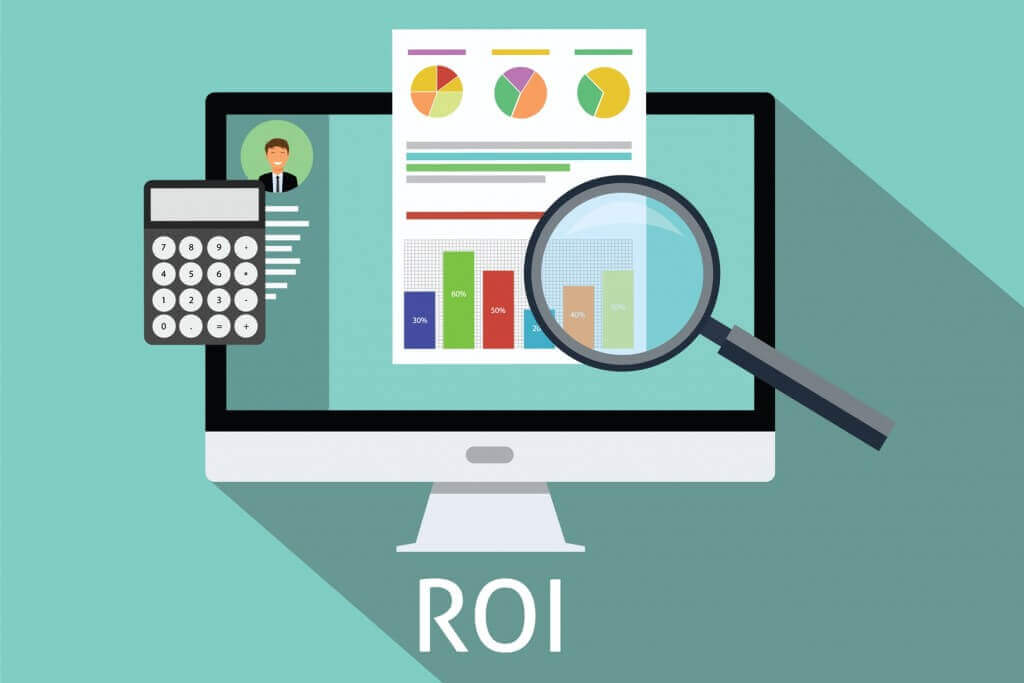
The revenue management system (RMS) plays a crucial role in the modern hotel technology stack, driving greater profitability and productivity, but demonstrating return on investment (ROI) in a hotel’s revenue management technology investment goes deeper than year-over-year RevPAR uplift measurements.
NB: This is an article from IDeaS
The additional revenue that comes from the proper utilization of revenue management software and strategies directly impacts a hotel’s bottom line, making it a valuable tool for increasing a hotel’s valuation—a keystone in any owner or asset manager’s lens. Increased revenue leads to higher cash flow, which has a number of benefits from giving the hotel greater day-to-day liquidity, to having money in the bank, generating interest and leveraging return on cap. Additionally, the increased revenue generated by an advanced RMS makes further reinvestment in the hotel possible, which of course powers a positive cycle of higher revenues.
When applied to its fullest potential, revenue management technology can additionally positively impact efficiency and improve operational performance across an entire property. Advanced forecasting tools provide powerful insights into business demand, which assists with project planning and staffing. For example, if a hotel can anticipate accurate levels of guest occupancy, it can ensure the optimal amount of staff and avoid under or overstaffing, schedule maintenance appropriately to avoid displacement, forecast and buy power and utilities efficiently.
While the benefits of revenue management technology appear clear to many in the industry, there are still some owners and investors reluctant to invest in the technology due to cost concerns. With a wide range of revenue management tools available in the marketplace from freemium to premium, the vital question should be: “What’s my ROI on this system investment?” After all, ROI has been a measurement long used in the hotel industry whether for property investment, advertising spend or capital expenditures. And when it comes to new or improved technology, many hotel owners tend to view cost rather than undertaking an ROI measurement to determine when the technology will pay for itself.
To ascertain ROI, many often look to their performance over the previous year. But that number always has an asterisk next to it, or if it doesn’t, it should. The skepticism with this practice is that it attributes any and all positive growth back to the new technology. Market conditions, changes in business practice, economic climates, convention calendars and more have an impact on revenue, despite any new technology put in place. This is where a better formula, called revenue opportunity uplift (ROU) provides a more authentic picture.
ROU Is the New ROI
ROU can be ascertained by using a sophisticated RMS and provides much more detail than year-over-year revenue growth. It calculates a hotel’s ROU with a refined, two-step process to measure the benefits of a fully automated revenue strategy. The first step involves monitoring a hotel’s performance over a typical 90-day window. Simultaneously, over this same 90-day period, a carbon copy of the hotel is made, except this clone does not have the RMS in place. Therefore, when the hotel modelling removes automated pricing, inventory controls and overbooking strategies, a comparative analysis measures the hotel’s actual performance against the simulated performance of the hotel working in a manual environment. This means, on days of high demand, the manual-environment property is more inclined to accept business on a first-come, first-served basis, lacking the flexibility of automated controls to manage demand.
What hotels discover is additional revenue opportunity hiding in each of those automated decisions, both in pricing and inventory controls. It also illuminates how pricing controls, built from rules that dictate rate increases in lockstep with occupancy growth, miss significant revenue opportunity because they are reacting to demand, not anticipating it.
Overall, ROU provides a better measurement of the incremental benefit of a hotel’s technology purchase rather than reflecting an improvement from positive market conditions that would be included in a normal year-on-year analysis.
In a competitive regional hotel environment, owners who want to maximize returns and improve the value of their asset should take an active interest in revenue management. Through utilizing the ROU measure, hotel executives also have a powerful way to demonstrate the financial benefits of revenue management to owners and show a true ROI.




